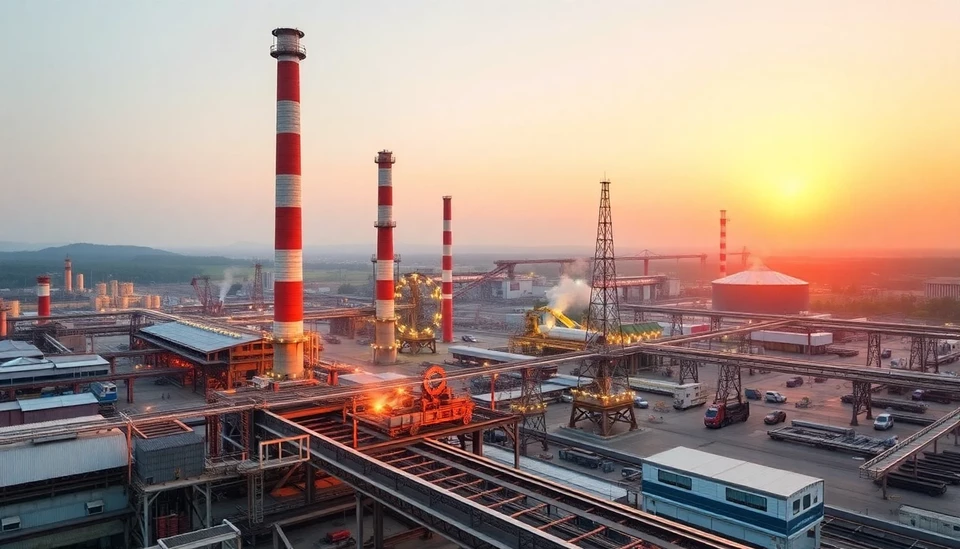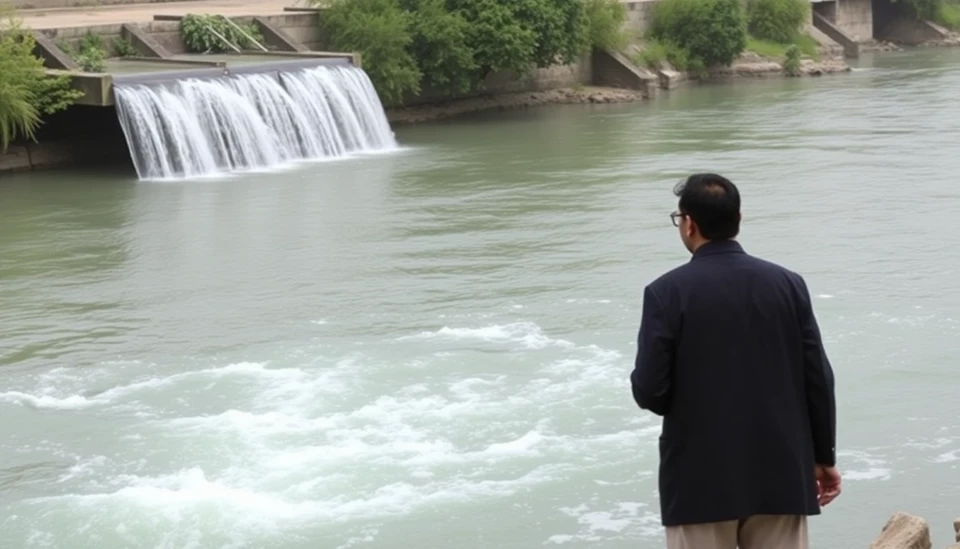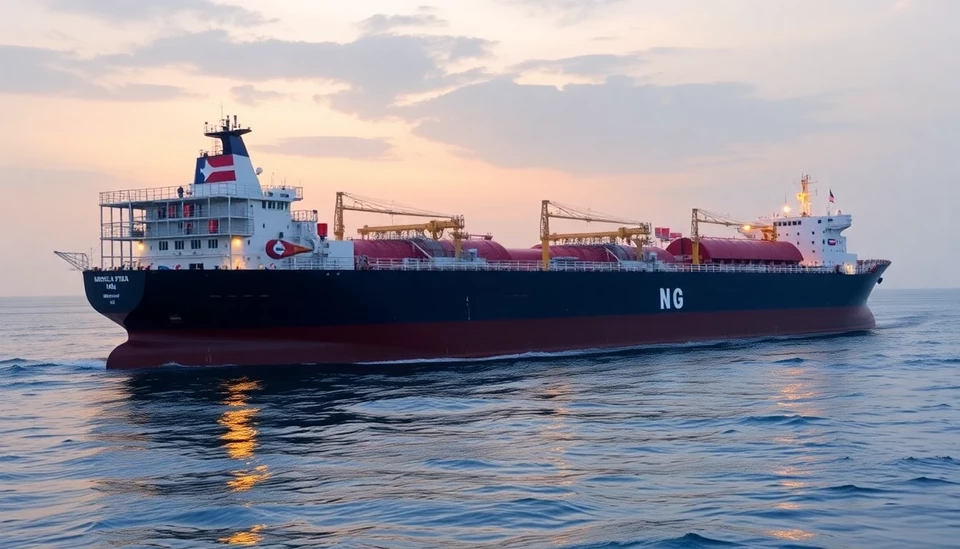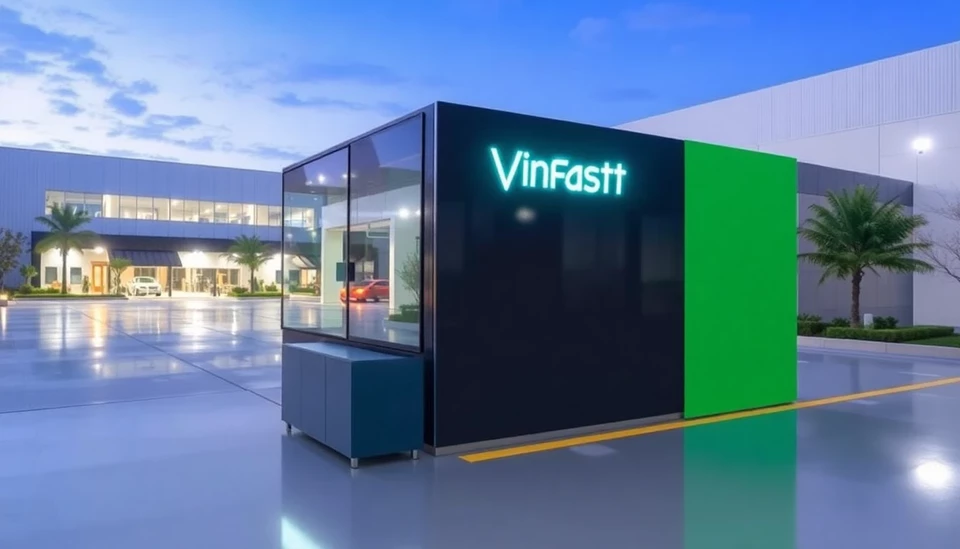
The Indian steel sector, a significant player in the global market, is experiencing a robust growth in production, particularly in the more polluting aspects of steelmaking. This pattern poses substantial hurdles for India's ambitious carbon-neutrality goal, slated for 2070. As the country invests heavily in its steel industry, the reliance on traditional, highly carbon-intensive production techniques is raising alarms among environmentalists and policymakers.
Steel, primarily produced through processes like Direct Reduced Iron (DRI) and Electric Arc Furnaces (EAF), is essential for various sectors, including construction, infrastructure, and automotive. However, India's dominance in using coal-intensive methods like Blast Furnace (BF) technology further complicates its environmental objectives. Currently, over 70% of India's steel is produced using these methods, which notoriously contribute to greenhouse gas emissions.
To meet the growing demand for steel, expected to increase by 7% annually, India is projected to become the second-largest producer globally. However, experts note that without a substantial shift towards cleaner technologies, this growth could undermine India's efforts to combat climate change. The reliance on coal not only impacts air quality but also raises doubts about the long-term sustainability of the sector.
Recent initiatives show promise, with various stakeholders exploring alternatives to conventional steelmaking processes. The Indian government has introduced incentives for the adoption of cleaner technologies and public-private partnerships are promoting research into innovative methods. These advancements are critical if India aims to align its industrial growth with environmental responsibilities.
Furthermore, as global demand for sustainable steel rises, Indian manufacturers face pressure to innovate or risk losing market competitiveness. The green steel movement is gaining traction internationally, and companies that fail to adapt could see significant reputational and economic consequences. There's a growing consensus that transitioning to new production techniques will be essential to attracting foreign investment and accessing markets that prioritize sustainability.
As the world's third-largest emitter of carbon dioxide, India’s path forward is crucial not just for its own environment, but for global climate targets. Experts emphasize that the upcoming years are pivotal for the Indian steel industry. The transition towards greener processes will require significant investment in technology and infrastructure, alongside a clear regulatory framework to support these changes.
In conclusion, while India's steel industry is on a growth trajectory, the reliance on outdated, carbon-heavy production methods presents a complex challenge. Innovative approaches and significant policy shifts will be necessary for the sector to align with the nation's environmental goals. The balance between economic growth and ecological responsibility will be a crucial aspect of India's industrial strategy moving forward.
As stakeholders in the industry navigate these challenges, the outcome will determine not only the future of India's steel production but also its commitment to a sustainable and carbon-neutral future.
#India #SteelIndustry #CarbonNeutrality #ClimateChange #SustainableSteel #GreenTechnology
Author: Sophie Bennett




